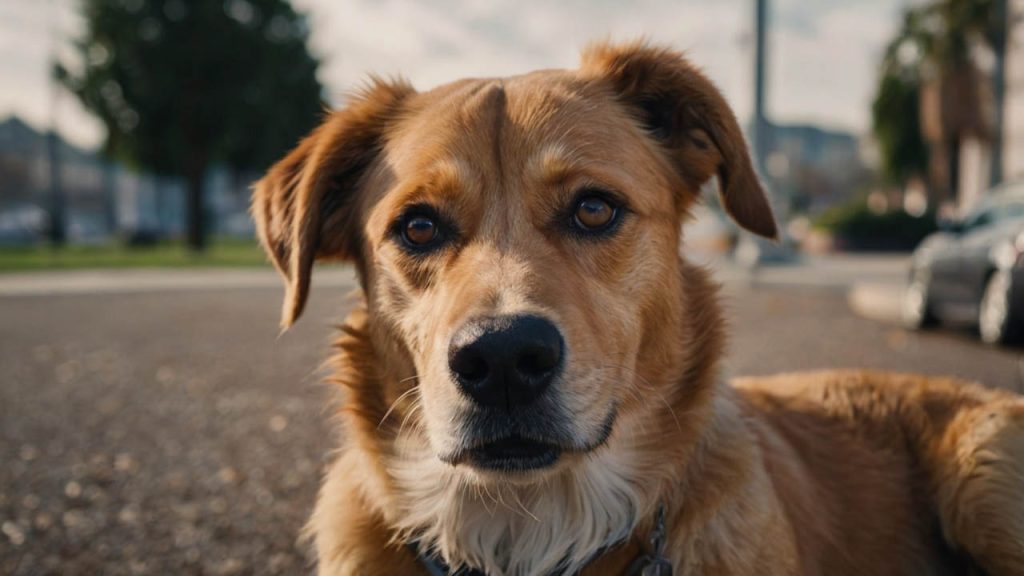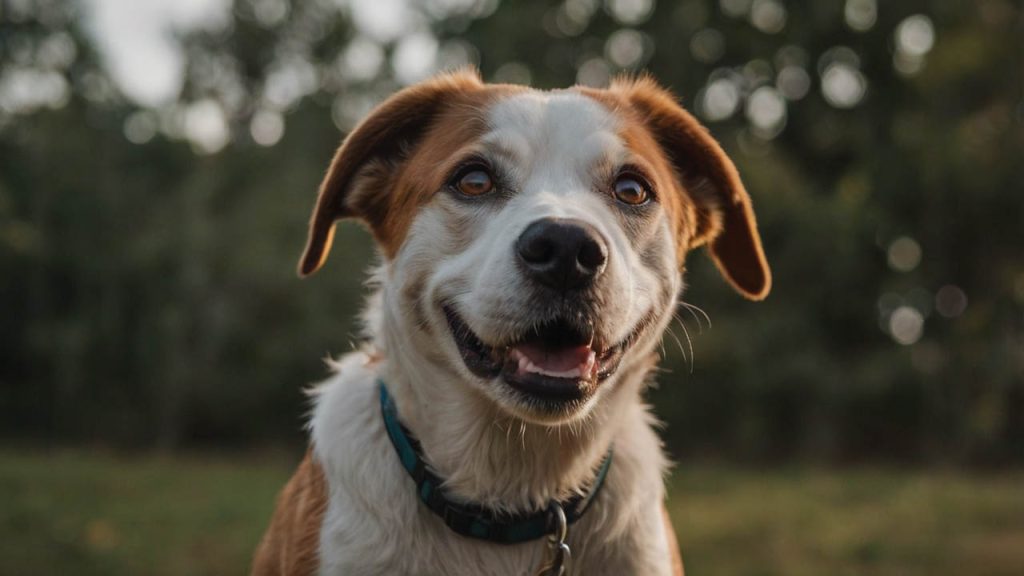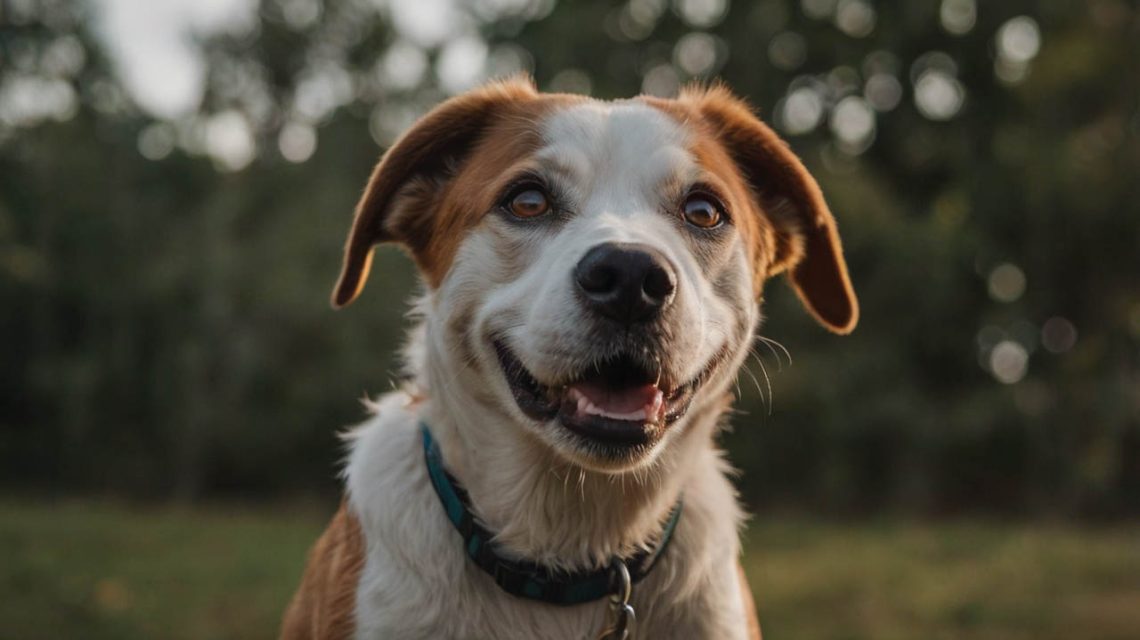Anxiety Relief for Dogs: The Complete Guide to a Calm and Confident Companion
Does your dog’s world shrink when a storm rolls in or the car keys jingle? Watching them tremble, pant, or pace can leave you feeling helpless and heartbroken. If you’re desperately searching for effective anxiety relief for dogs, know that you’re not just looking for a quick fix—you’re looking for a way to give your best friend their joy and confidence back.
Let me introduce you to Jenna and her sweet Shetland Sheepdog, Sadie. Sadie was a bundle of fun at home, but thunderstorms and car rides transformed her into a quivering, panting mess. Jenna felt like she was failing her. She needed real, lasting anxiety relief for dogs.
Jenna’s journey from helplessness to empowerment is the story we’ll follow. It wasn’t about finding one magic product, but about building a complete “calm toolkit.” This guide will provide you with that same toolkit, packed with expert strategies, from immediate calming aids to long-term behavioral solutions, so you can provide genuine anxiety relief for dogs.
Understanding the Need for Anxiety Relief for Dogs
Before we dive into solutions, it’s crucial to understand what we’re looking at. Canine anxiety isn’t bad behavior; it’s a state of emotional distress caused by the anticipation of something frightening. A 2020 study in Frontiers in Veterinary Science found over 70% of dogs show anxious behaviors, so you are far from alone in this.
Decoding the Signs: When Dogs Need Anxiety Relief
Your dog communicates their distress through body language and behavior. Key signs that point to a need for anxiety relief for dogs include:
- Trembling or Shaking: When not caused by cold.
- Panting and Drooling: Excessive panting when it’s not hot.
- Pacing and Restlessness: An inability to settle down.
- Hiding or Clinginess: Seeking a hiding spot or becoming a “Velcro dog.”
- Destructive Behavior: Especially around doors or windows when you’re gone.
- Excessive Barking or Whining: Vocalizing out of distress.
- Inappropriate Elimination: Having accidents despite being house-trained.

The Root Causes of Canine Anxiety
Anxiety often stems from a few common areas:
- Separation Anxiety: Fear of being left alone.
- Noise Phobia: Fear of loud noises like thunderstorms, fireworks, or vacuums.
- Situational Anxiety: Fear of specific events like car rides, vet visits, or meeting new people/dogs.
Identifying the trigger is the first step in crafting an effective plan for anxiety relief for dogs.
The Foundation of Anxiety Relief for Dogs: Behavior & Environment
Here’s the thing: before you buy any product, you must build a solid foundation. The most powerful anxiety relief for dogs comes from creating a predictable, secure, and enriching environment. I’ve found that these foundational steps can solve mild anxiety on their own.
Creating a Safe Space: Your Dog’s Anxiety Relief Haven
Every dog needs a “den”—a place that is theirs alone, where they feel completely safe. This isn’t a time-out spot; it’s a sanctuary.
- Choose a Spot: A crate (if crate-trained and loved), a cozy bed in a quiet corner, or even an open closet can work.
- Make it Wonderful: Fill it with their favorite blankets and special toys that they only get in this space.
- Build Positive Associations: Randomly toss high-value treats into the safe space for them to find. Feed them their meals there. This teaches them that the den is where all good things happen.
The Power of Enrichment for Natural Anxiety Relief for Dogs
A bored brain is an anxious brain. Enrichment is the practice of giving your dog an outlet for their natural instincts, which is a powerful form of anxiety relief for dogs.
- Ditch the Bowl: Instead of just giving them food, make them work for it. Use food puzzles, snuffle mats, or treat-dispensing toys. This engages their brain and builds confidence.
- Let Them Sniff: A “sniffari” walk, where you let your dog lead and sniff as much as they want, is mentally exhausting and deeply satisfying for them. A 20-minute sniff walk can be more tiring than a 30-minute structured walk.
Proven Methods for Immediate Anxiety Relief for Dogs
When a storm is rolling in or fireworks are starting, you need tools that can help right now. These aids are excellent for managing situational anxiety.
Calming Aids and Supplements for Anxiety Relief
The market is flooded with options. Here are the types with the most scientific and anecdotal backing:
- Pheromone Products (Adaptil): These release a synthetic version of the Dog Appeasing Pheromone, which mother dogs produce to calm their puppies. They come as diffusers, collars, and sprays.
- Calming Chews and Supplements: These often contain ingredients like L-theanine (an amino acid found in green tea), Tryptophan (a precursor to serotonin), and herbal blends like chamomile or valerian root. They can help take the edge off. Always consult your vet before starting a new supplement.
- Probiotics for the Gut-Brain Axis: Emerging research shows a strong link between gut health and anxiety. A probiotic specifically formulated for canine gut health might provide long-term anxiety relief for dogs by balancing their microbiome.
The Role of Pressure Vests in Anxiety Relief for Dogs
Products like the ThunderShirt apply gentle, constant pressure to your dog’s torso. This is known as Deep Pressure Therapy (DPT). It’s like a comforting hug that can have a tangible calming effect on the nervous system, making it a fantastic tool for providing immediate anxiety relief for dogs during stressful events.
Long-Term Strategies for Lasting Anxiety Relief for Dogs
Immediate aids are for management. Long-term solutions come from changing your dog’s underlying emotional response.
Behavior Modification: The Gold Standard for Anxiety Relief
This is the most important part of any plan. The primary technique is called Desensitization and Counter-Conditioning (DSCC).
Let’s use Sadie’s fear of car rides as an example of this powerful form of anxiety relief for dogs:
- Jenna started by just standing near the car with Sadie and giving her a high-value treat. They did this until Sadie looked happy to be near the car.
- Then, they progressed to opening the car door (treat!), then putting a paw inside (treat!), then getting all the way in (jackpot of treats!).
- Each step was tiny and was always paired with something wonderful. The goal was to go so slowly that Sadie never felt anxious. Over weeks, Jenna rewired Sadie’s brain to associate the car with good things, not fear.
Consulting a Professional for Your Dog’s Anxiety Relief Plan
You don’t have to do this alone.
- Your Veterinarian: Your first stop. They can rule out medical causes and discuss prescription medication if needed.
- A Certified Trainer: Look for a trainer who uses positive reinforcement methods. They can guide you through DSCC.
- A Veterinary Behaviorist (DACVB): For severe cases, these specialists are the ultimate experts in anxiety relief for dogs. They can prescribe medication and create a detailed behavior plan.
Common Mistakes to Avoid When Seeking Anxiety Relief for Dogs
- Punishment: Never punish a dog for anxious behavior. It will only make them more fearful and damage your bond.
- Relying on a Single Product: A calming chew or a vest is a tool, not a complete solution. It must be part of a bigger plan.
- Flooding: Forcing your dog to “face their fear” (e.g., dragging a storm-phobic dog outside during a thunderstorm) is called flooding. It is cruel and almost always makes the anxiety much, much worse.
Comparing Tools and Resources for Anxiety Relief for Dogs
Here’s a quick look at how different aids stack up:
| Tool | Type of Relief | Best For | How to Use |
|---|---|---|---|
| Calming Chews | Chemical/Nutritional | Mild, ongoing anxiety. Pre-stressor prep. | Given daily or 30-60 mins before a known stressful event. |
| Pheromone Diffusers | Environmental | Creating a baseline of calm in the home. | Plugged in continuously in the room where the dog spends the most time. |
| Pressure Vests | Physical/Sensory | Acute, situational events (storms, travel). | Put on 20-30 mins before the stressful event begins. |

A Case Study in Successful Anxiety Relief for Dogs
So, what happened with Jenna and Sadie?
Jenna built a complete “calm toolkit.”
- The Foundation: She started feeding Sadie exclusively from puzzle toys.
- The Immediate Aids: She used a ThunderShirt for car rides.
- The Long-Term Plan: She diligently worked on DSCC for the car, taking weeks to get Sadie comfortable.
For thunderstorms, she created a “storm party” in her interior bathroom with a white noise machine, a LickiMat with frozen peanut butter, and her ThunderShirt.
Today, Sadie willingly hops in the car. During storms, she no longer panics; she heads to the bathroom, ready for her “storm party.” Jenna successfully provided holistic anxiety relief for dogs.
FAQ: Your Questions on Anxiety Relief for Dogs
Q: What can I give my dog for anxiety immediately?
A: For immediate, situational anxiety relief for dogs, a pressure vest like a ThunderShirt can be very effective. A high-value distraction like a frozen Kong or a LickiMat can also redirect their focus. Always consult a vet about fast-acting supplements.
Q: Do calming treats for dogs really work?
A: They can be helpful for mild to moderate anxiety, but they are not a magic bullet. Their effectiveness varies by dog and by product. They work best as part of a comprehensive behavior plan.
Q: Is dog anxiety my fault?
A: Absolutely not. Anxiety is a complex condition caused by a mix of genetics, past experiences (especially for rescues), and a lack of early socialization. It is a medical condition, not a reflection of your care.
Q: When is it time to talk to my vet about prescription medication?
A: If your dog’s anxiety is severe, preventing them from enjoying a good quality of life, or if they are at risk of injuring themselves, it’s time to discuss medication. It can be a vital tool that allows behavior modification to be effective.
Conclusion: Your Path to Providing Anxiety Relief for Dogs
Finding lasting anxiety relief for dogs is a journey of patience, observation, and compassionate action. It’s about looking beyond a single product and building a holistic plan that supports your dog’s mind and body. By creating a safe environment, enriching their daily life, using immediate calming aids wisely, and committing to long-term training, you can make a profound difference.
The path to a calmer dog is paved with consistency and understanding. Every puzzle toy you provide, every successful training step, every time you create a “storm party” instead of letting them panic, you are building a more resilient, confident companion. You are their advocate and their safe harbor.
Ready to build your dog’s “calm toolkit”? Start with one small, manageable step today. Choose one enrichment activity to introduce this week, or schedule that all-important vet check-up to discuss a plan. That first step is the beginning of a more peaceful life for you both.



 Anxiety Relief For Dogs: Complete Guide
Anxiety Relief For Dogs: Complete Guide